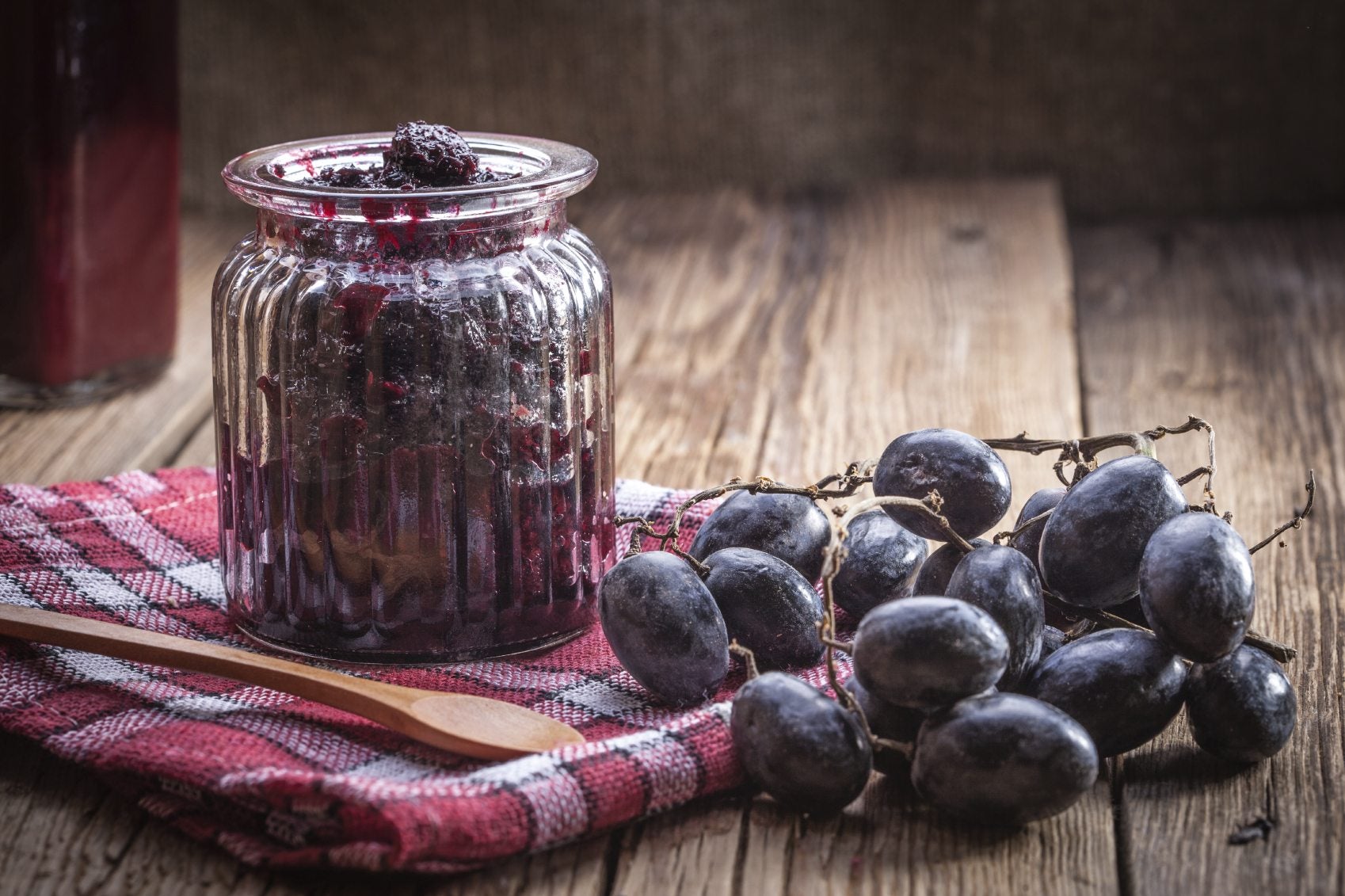Growing Grapes For Jelly And Jam: What Are The Best Grape Jelly Varieties


Who doesn’t love a grapevine? Grapevines can live and produce for years and years - once you get one started, you’re in for the long haul of delicious fruit. When you’re picking out a vine to plant, however, you should keep in mind what you want to do with your grapes. Some people grow grapes for wine, some for juice, and some simply for eating. One especially popular use is making grape jams and jellies. You can make jelly out of any grape, but some varieties are better suited than others. Keep reading to learn more about growing grapes for jelly and jam and the best grapes for jelly and jam production.
What are the Best Grape Jelly Varieties?
One of the best known varieties of grape is the Concord, and it’s one of the best grapes for jelly making. Not only does it make good preserves, it is a versatile vine that can be grown in a very wide range of soils and climates. It produces vigorously; it is also popular in making juice, wine and just eating off the vine. If you want lots and lots of jelly, or you want a grape you can get multiple projects out of, the Concord is a good choice. There are many different varieties of Concords that are better suited to different climates. Another vine that produces good grapes for jam is the Valiant. This is a good, cold hardy vine that produces sweet, flavorful, blue grapes perfect for preserves. Edelweiss is a white grape that ripens early and makes good grape jams and jellies too. It is not as frost hardy as some other grapevines, and may need winter protection in USDA zones 3 and 4. Other popular grapes for making jam and jelly are Beta, Niagra and St. Croix.
Sign up for the Gardening Know How newsletter today and receive a free copy of our e-book "How to Grow Delicious Tomatoes".

The only child of a horticulturist and an English teacher, Liz Baessler was destined to become a gardening editor. She has been with Gardening Know how since 2015, and a Senior Editor since 2020. She holds a BA in English from Brandeis University and an MA in English from the University of Geneva, Switzerland. After years of gardening in containers and community garden plots, she finally has a backyard of her own, which she is systematically filling with vegetables and flowers.